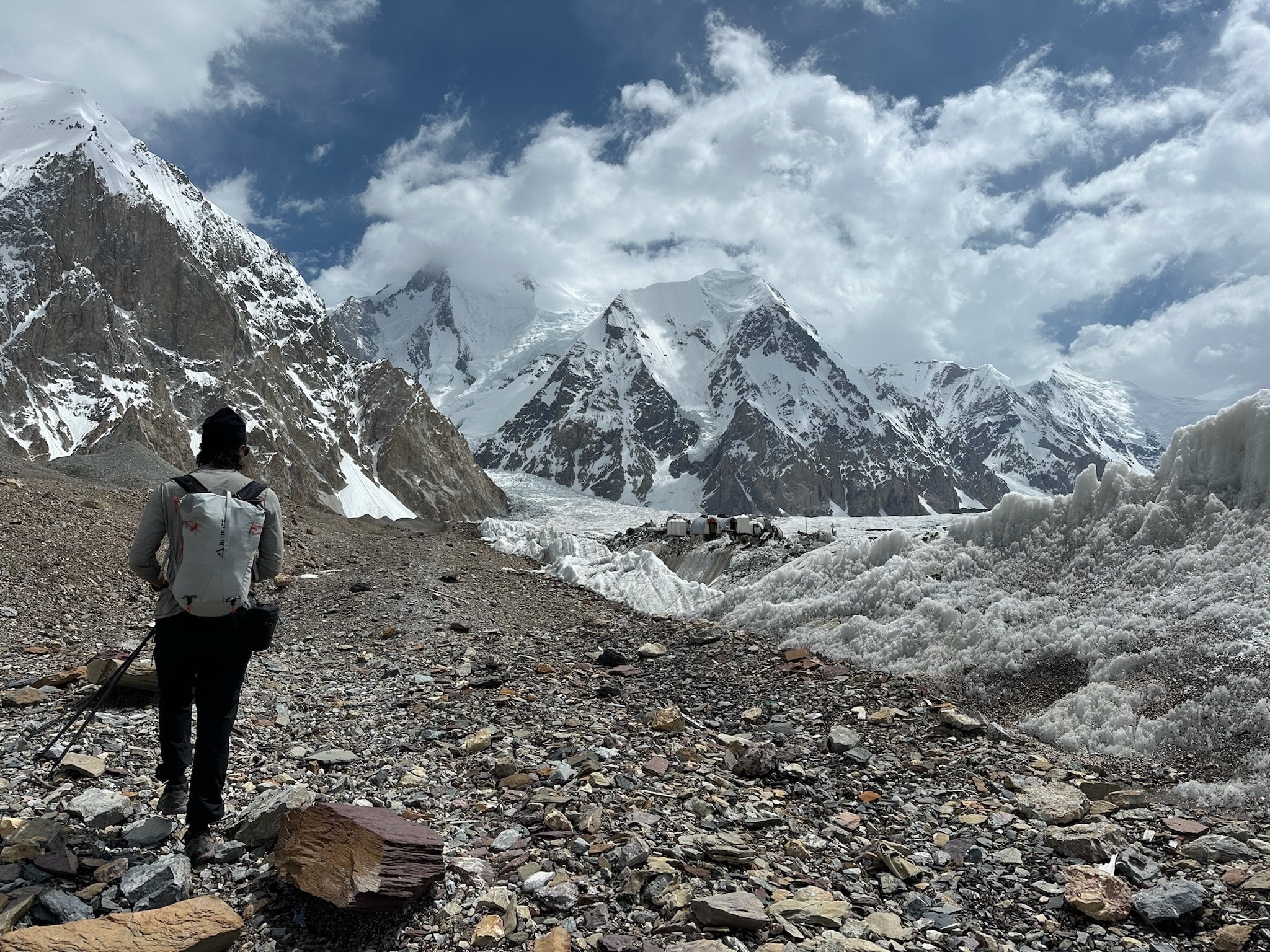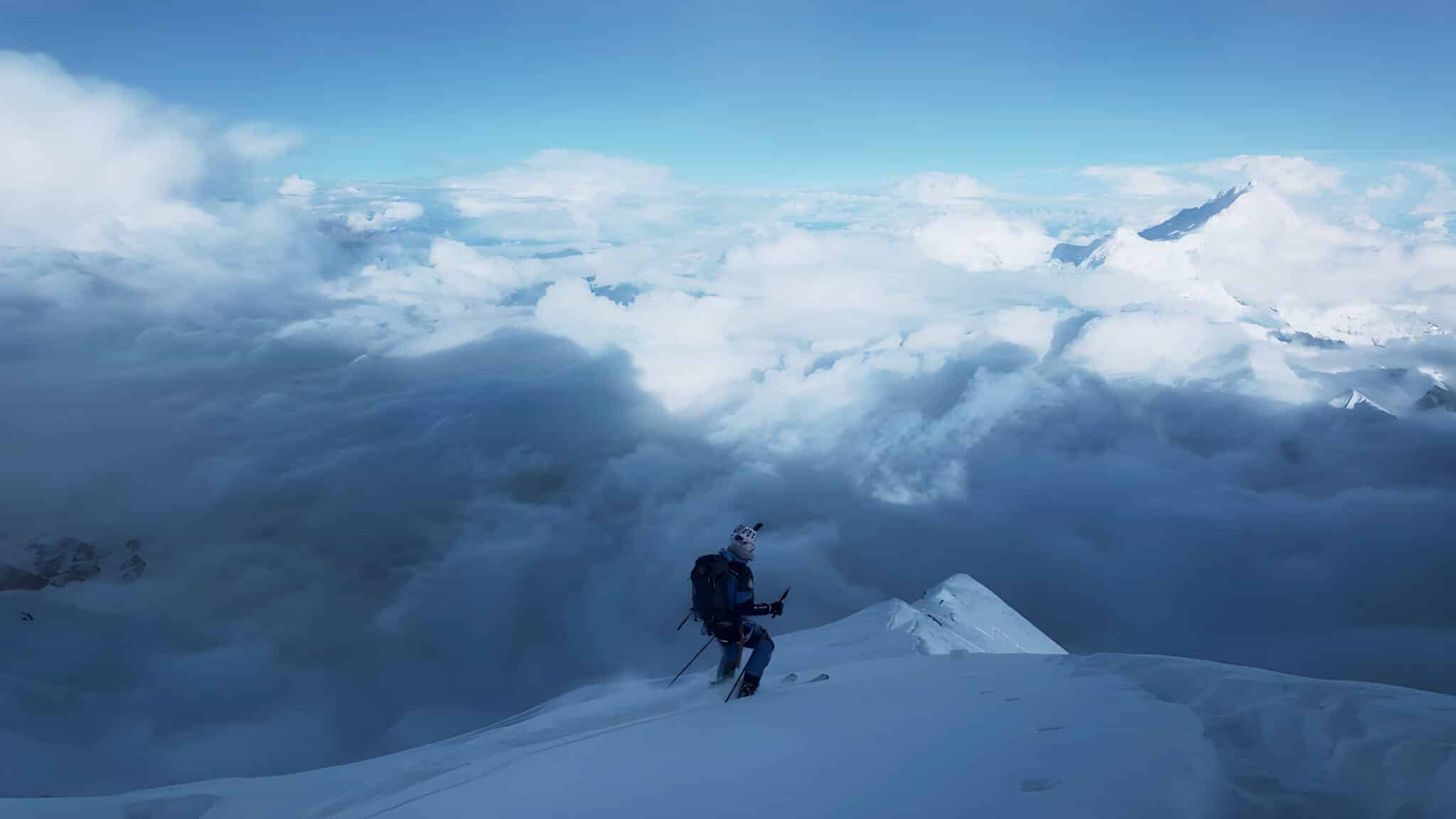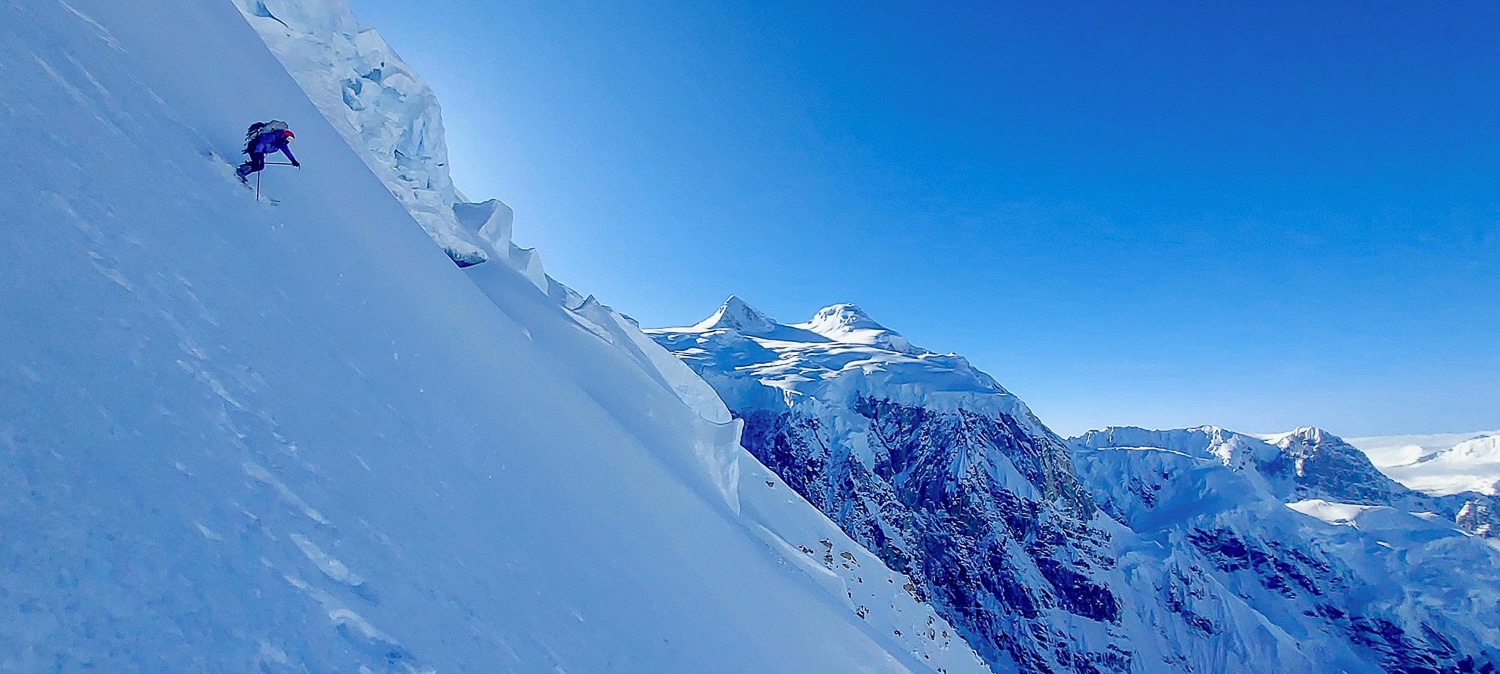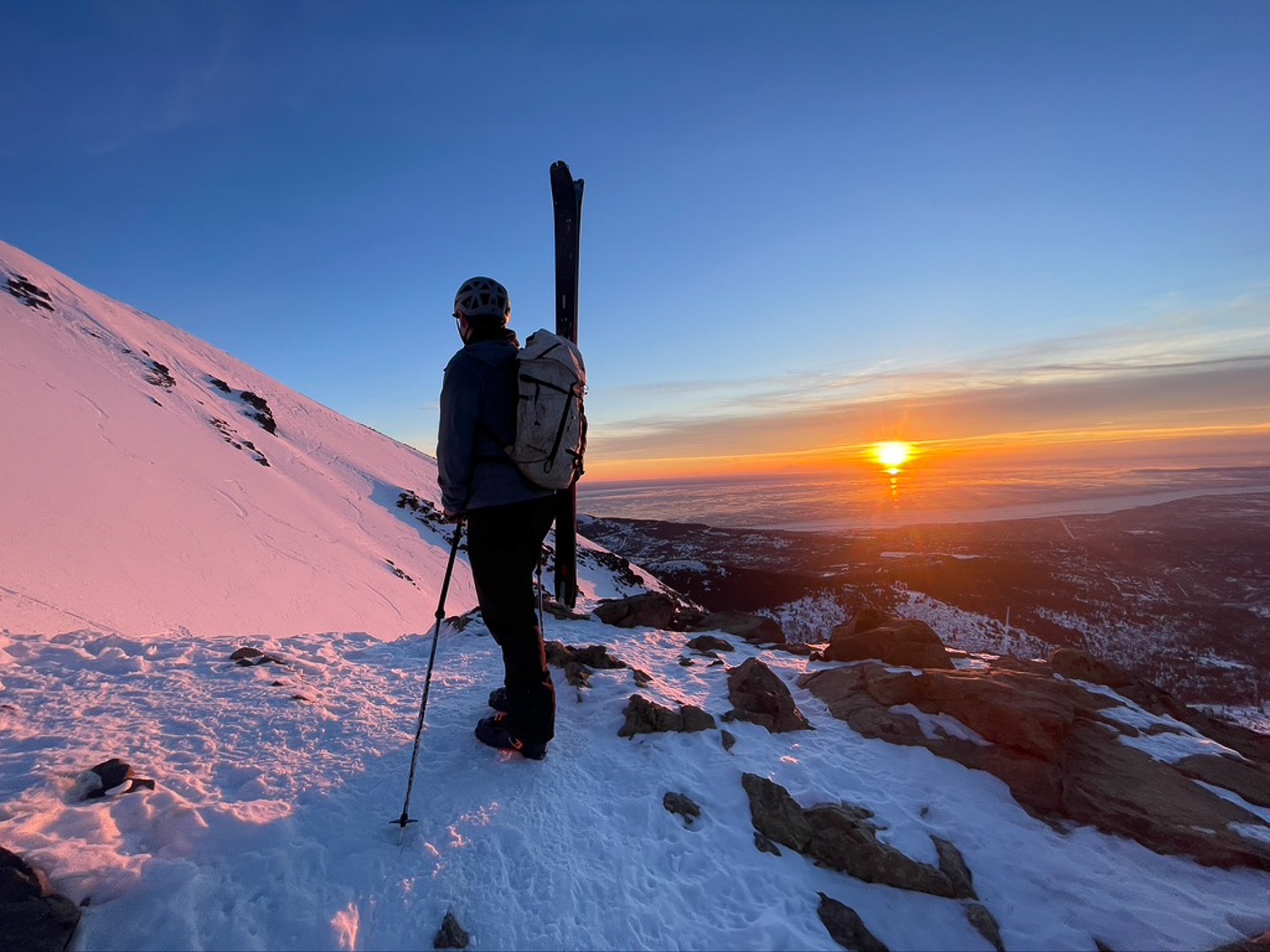The following story comes from The Avalanche Review (TAR). “The Canyons Avalanche Trial” was first published in 2014 and used with permission.
First, a few notes about The Avalanche Review: TAR is the periodical published by the American Avalanche Association—a non-profit established to promote best practices, education resources, and better communication regarding avalanches. TAR is a subscription-based journal, and it is well worth it. The material is accessible to the basic backcountry enthusiast. Additionally, their website (linked above) offers a menu of free articles and resources to make us all better informed. Good people run TAR, which remains an excellent community resource.
Second, “The Canyons Avalanche Trial” caught our attention. Widely reported in the mainstream press on January 10 was the fatal inbounds avalanche at Palisades Tahoe. The incident raises many questions. The least continues to be how skiers/riders perceive avalanche risk while in-bounds coupled with the actual risk of in-bounds avalanches when mitigation, closure, and opening are part of the safety protocol. Some stakeholders are discussing the possibility of on-piste skiers wearing transceivers and carrying some avalanche safety gear to ski avalanche terrain while resort skiing.
The idea of slack or side country is nonsense. Once you travel out of bounds, you are in the backcountry.
All this is to say that we will likely see future litigation regarding the January 10 incident. Rather than jump to any conclusions, and with the understanding that each incident is unique, we thought revisiting the 2007 in-bounds avalanche at The Canyons Resort in Park City, Utah, still offers some lessons about risk-taking, avalanche mitigation, and personal responsibility.
***
On December 23, 2007, there was an inbounds avalanche at The Canyons Resort in Park City, Utah. The avalanche occurred in Red Pine Chute, near the top of the 9990 chairlift. Four people were caught,with one totally buried. The twelve-year-old boy who was buried was quickly found with a probe, but was not breathing and had no pulse when he was recovered. He responded to CPR, and began breathing on his own prior to transport. Tragically,Jesse Williams, a 32-year-old skier from Grand Junction, Colorado, died on the scene from trauma. The Williams family sued The Canyons Resort for negligence, and the resulting trial took place inPark City, Utah, in November of 2013. This was the first fatal avalanche accident to result in a jury trial in this country since the Alpine Meadows avalanche trial in 1984.
The 2007/08 season started out with below-normal snowfall along the Park City Ridgeline, resulting in a weak, shallow snow pack throughout the area. From December 7-22, The Canyons Resort received approximately 60” of new snow, and 4.6” of SWE. This resulted in numerous avalanches throughout the resort in the days prior to the accident, but only one avalanche in the 9990 area was observed to have failed on the weak faceted snow that had developed during the fall. The size of that event prompted the Canyons Ski Patrol to use more explosives than normal in adjacent paths on the morning of 12/22/07, including Red Pine Chute, but results were limited to shallow, soft-slab avalanches. The entire area, including Red Pine Chute was opened to the public on the afternoon of December 22. This was the first time the north side of 9990 had been open to the public that season.






Leave a Reply
You must be logged in to post a comment.